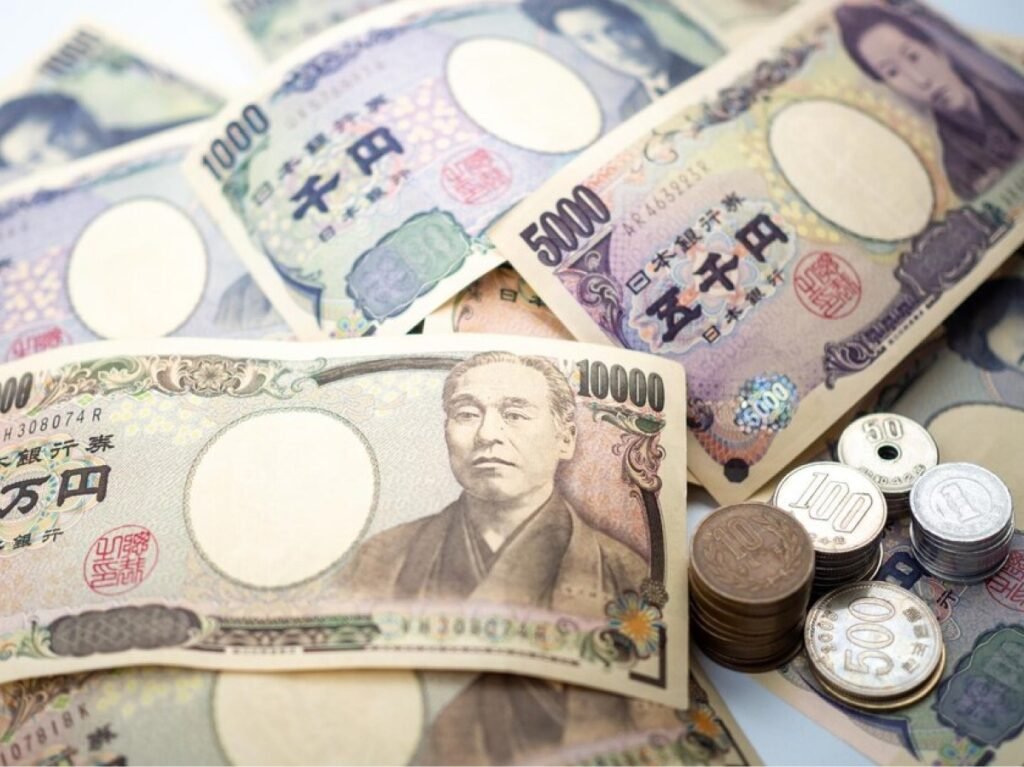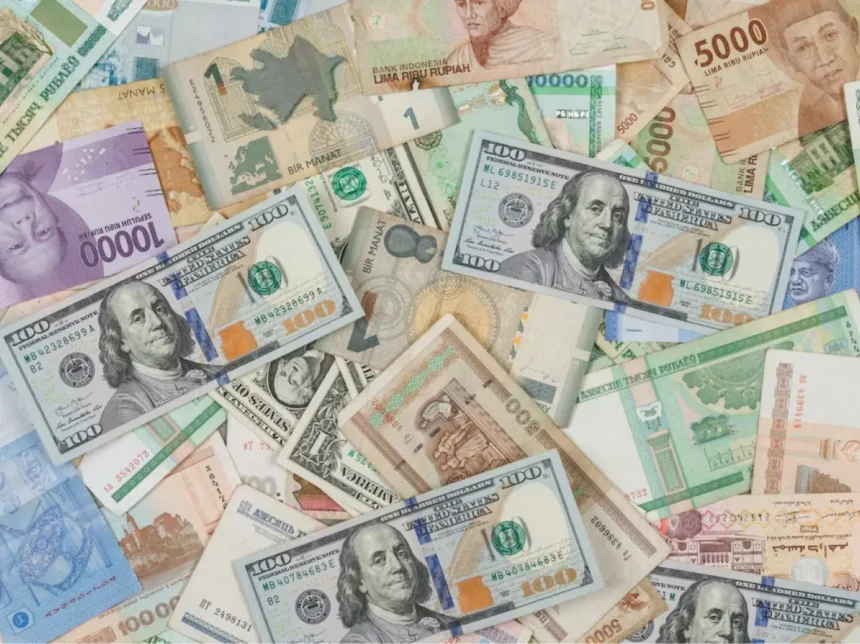On Friday, the dollar exhibited modest weakness against its major counterparts, notably the euro, amidst a mixed data backdrop. The week’s performance against the euro marked its weakest showing this year, largely influenced by a series of economic indicators and central bank sentiments.
Nonfarm Payrolls Report
The release of the nonfarm payrolls report unveiled a notable increase of 275,000 jobs in the previous month, as indicated by the Bureau of Labor Statistics. However, this positive development was offset by the upward shift in the unemployment rate to 3.9% in February, following a stable period at 3.7% for three consecutive months.
Impact on Federal Reserve’s Decision
Market sentiment regarding the Federal Reserve’s anticipated interest rate cut remained cautious despite the encouraging job growth figures. Analysts, including Stuart Cole, chief economist at Equiti Capital, interpreted the data as supportive of a potential rate cut later in the year, albeit with a tempered expectation compared to earlier forecasts.
Euro’s Strength and European Central Bank’s Actions
In contrast to the dollar’s performance, the euro demonstrated resilience, trading slightly lower against the dollar but achieving an eight-week high earlier in the session. The European Central Bank (ECB), while maintaining its record-high rates at 4.00%, hinted at a possible rate adjustment later in the year, citing progress in managing inflation.
Federal Reserve’s Stance and Market Reaction
Federal Reserve Chair Jerome Powell’s remarks during the week bolstered the euro further, as he expressed confidence in the potential for rate cuts in the coming months. Powell’s statements aligned with market expectations, reinforcing the belief in an impending rate adjustment by the Fed.
Japanese Yen’s Surge and Bank of Japan’s Policy Considerations

The Japanese yen witnessed a notable appreciation, reaching a five-week high against the dollar. Reports suggested that the Bank of Japan (BoJ) is contemplating interest rate hikes and exploring new monetary policy frameworks, contributing to the yen’s strength.
Sterling’s Movement and Global Interest Rate Expectations
Sterling experienced gains against both the euro and the dollar, buoyed by perceptions that the ECB and the Federal Reserve might move towards rate cuts sooner than the Bank of England (BoE). This divergence in central bank policies supported the pound’s upward trajectory.
Impact on Risk-sensitive Currencies and Cryptocurrency Market
Expectations of interest rate cuts in the U.S. and Europe provided support to risk-sensitive currencies such as the Australian and New Zealand dollars. Meanwhile, the cryptocurrency market witnessed significant activity, with bitcoin reaching a record high amidst broader market optimism.
Conclusion
The dollar’s performance against major peers on Friday reflected a delicate balance of economic data and central bank sentiments. While positive job growth figures supported expectations of a rate cut by the Federal Reserve, the euro’s strength underscored confidence in the European Central Bank’s accommodative stance. The surge in the Japanese yen and sterling’s gains highlighted market perceptions of diverging monetary policies. Amidst these dynamics, risk-sensitive currencies and cryptocurrencies also experienced notable movements, reflecting broader market sentiment.









